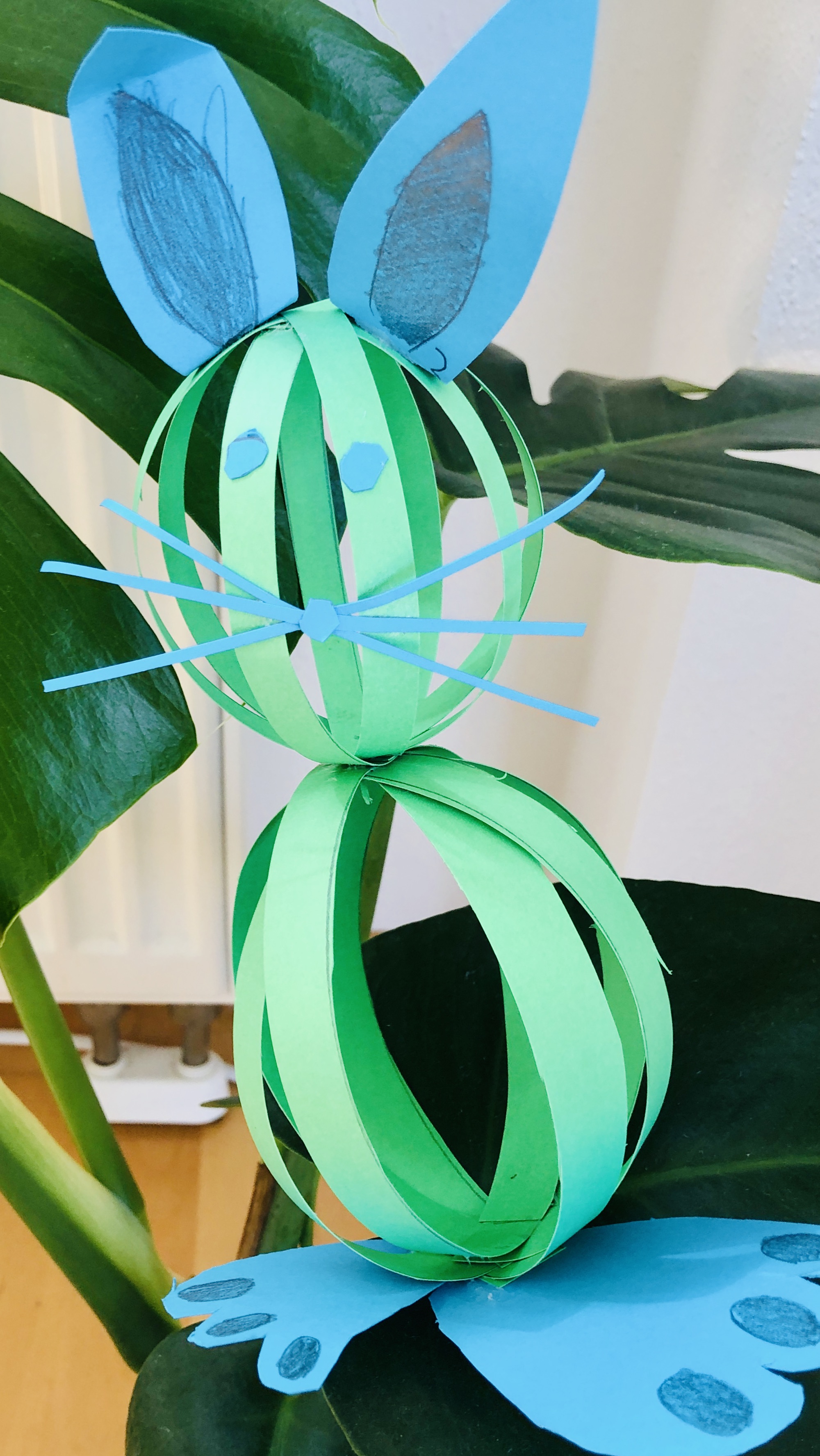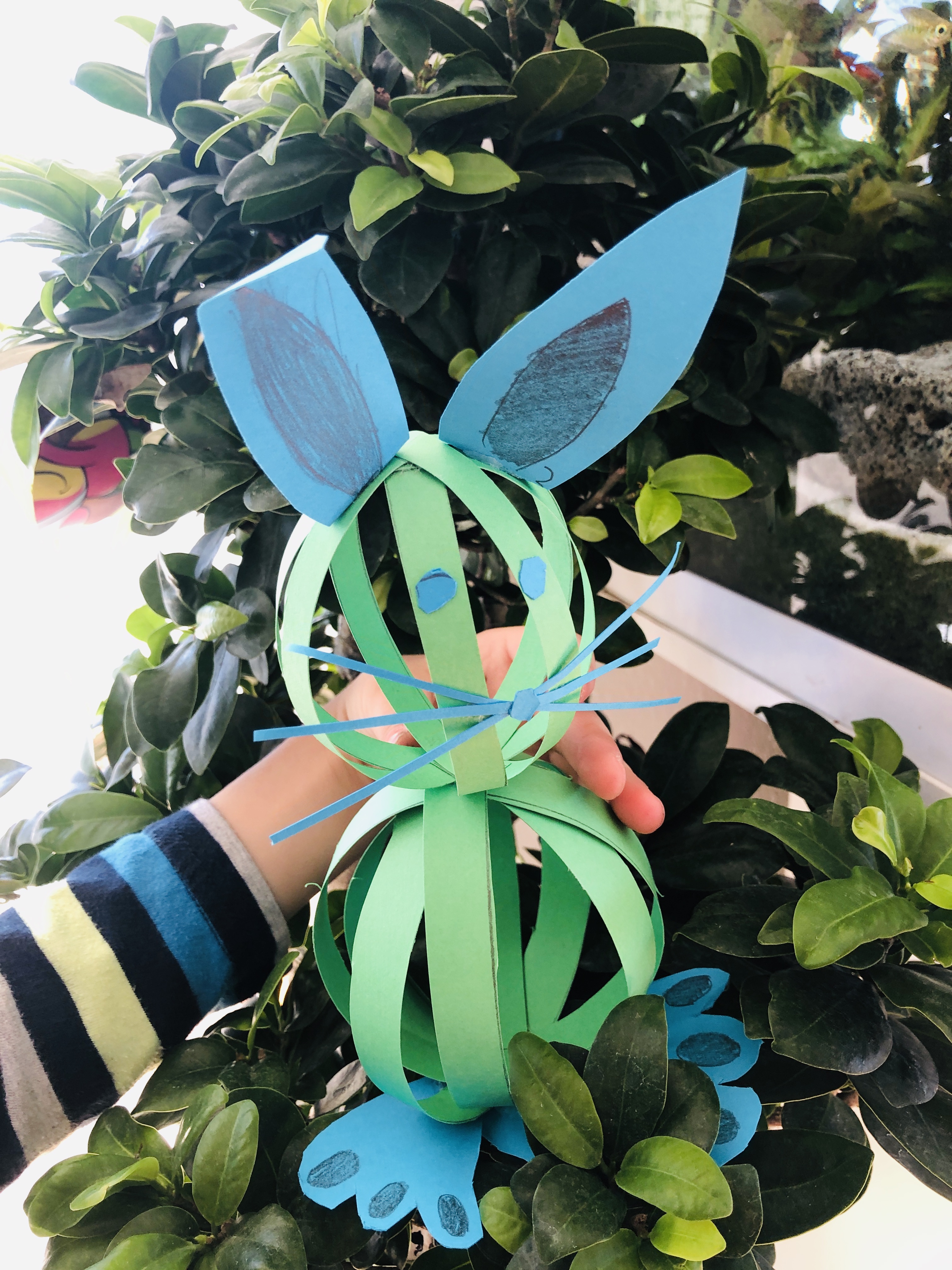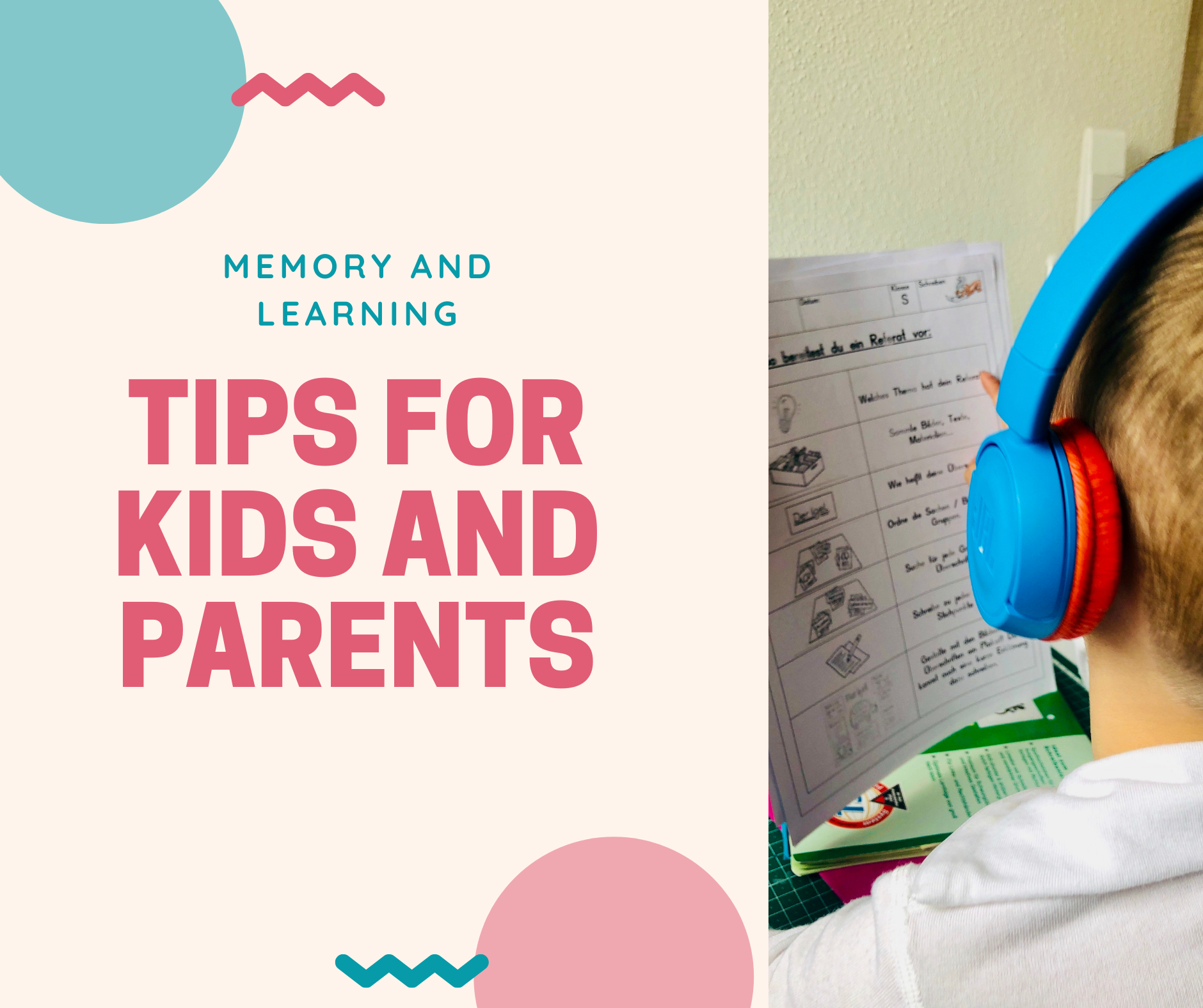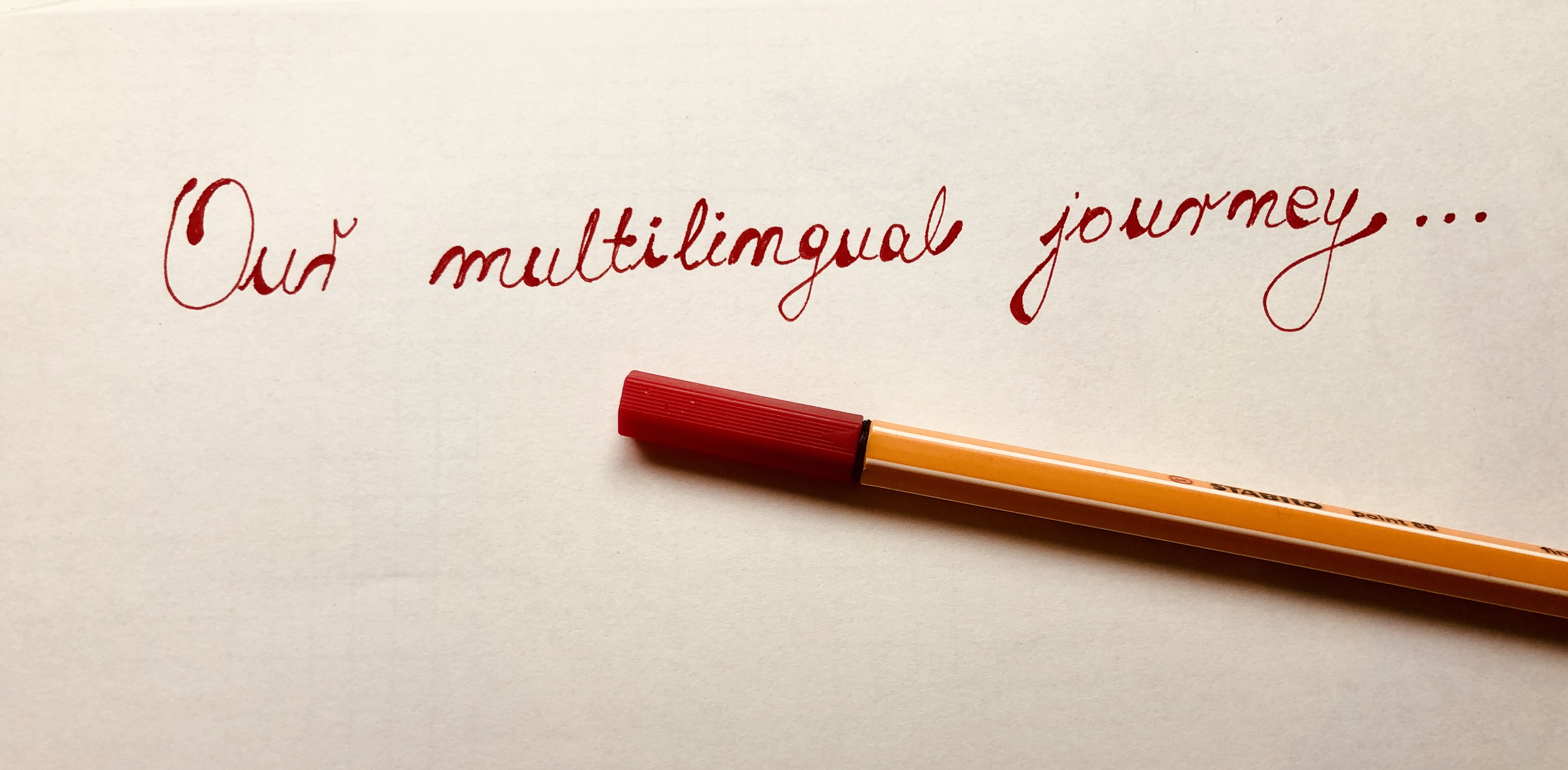How do Children Learn From Others? Is the Easter Bunny Real?

"Oh, look! The Easter bunny left these last night!" And the child actually believes this.
Even though this post is not about Easter or bunnies, but the way children choose who they believe, here are a few interesting facts about the Easter bunny:
- The Easter bunny originated among German Lutherans, and was first mentioned as an egg-bringer in 1682.
- The Easter Bunny isn't really a bunny at all. Initially, he was an Easter Hare.
- The pagan goddess of spring was Eostre, and she was represented by the hare.
Now, why do children believe in what we tell them - whether it's about the Easter bunny or that there are three types of black holes?

Infants as young as 14 months have shown some ability to discount unreliable informants. And here are a few things our little humans take into consideration when deciding whether or not we're telling the truth[1]:
- Confidence. If you want the kid to believe what you're saying, you have to sound confident. Apparently, fourteen-month-olds have also been shown to prefer to imitate an adult who has confidently and correctly interacted with familiar objects over an informant who has interacted incompetently with uncertainty. Confidence (or lack thereof) can be expressed through body language, facial expressions, eye-gaze, and tone of voice. Often, it can be considered an indicator of knowledge: knowledgeable individuals are likely to appear confident when making claims, whereas less knowledgeable individuals are more likely to appear hesitant[2]. On the other hand, attention to confidence, in both children and adults, is likely also influenced by social and cultural factors. For instance, confidence may be perceived more positively in cultures that value individual achievement and assertiveness rather than modesty and conformity and may be evaluated differently in males and females; these are, however, speculative statements as these effects have not been studied in young children.
- Language. Pay attention to the words you're using when talking to your kid about the Easter bunny. Three-year-olds are sometimes sensitive to language cues, and they can be less likely to believe you and learn from you if you say, "I think it was the Easter bunny". On the other hand, "I am sure it was the Easter bunny!" would make it more believable. And if you sound confident, say that you heard some noise and saw the creature last night, even some older kids might be persuaded. If you use the right language cues, they might believe you when you say that this one was green!

- History of inaccuracy. If you were caught being wrong or telling lies, the child might doubt what you're saying. Once, I was wrong about something regarding a black hole. ONCE! And ever since then, Einstein E and Power P have double-checked everything I say about the Universe. But how could I know that there are different categories of black holes?!
- Negativity. Young children also show some sensitivity to traits that indicate that a source may be bad. OK, good and bad are vague terms, but 3-year-olds are more trusting of claims made by a nice puppet than a mean one. I guess that a mean puppet could be like Tiffany from "Bride of Chucky" or Billy from "Saw" movies. But would you believe them?!
Of course, as they grow, children become more capable of detecting some forms of deception. That said, before the age of 6 or 7, children tend to struggle more when the reasons to doubt are more subtle such as trusting someone who has made small errors instead of large ones. How big is the mistake I made with black holes?! It might be big in numbers, but come on!!
In middle childhood, children have a better sense of how intentions and motivations influence behaviour, understanding more complex reasons to doubt, such as persuasion and distortion. But just because they have this knowledge does not mean they necessarily apply it.
So, it seems that our kiddos are not as naive as we sometimes think. If you still want them to believe that the Easter bunny leaves the presents, pay attention to the things listed above. And prepare for all possible questions kids might have. As you probably know, they can be very creative :)
References:
[1] Mills, C. M. (2013). Knowing when to doubt: developing a critical stance when learning from others. Dev. Psychol. 49, 404–418. doi: 10.1037/a0029500
[2] Juteau A-L, Cossette I, Millette M-P and Brosseau-Liard P (2019) Individual Differences in Children’s Preference to Learn From a Confident Informant. Front. Psychol. 10:2006. doi: 10.3389/fpsyg.2019.02006

